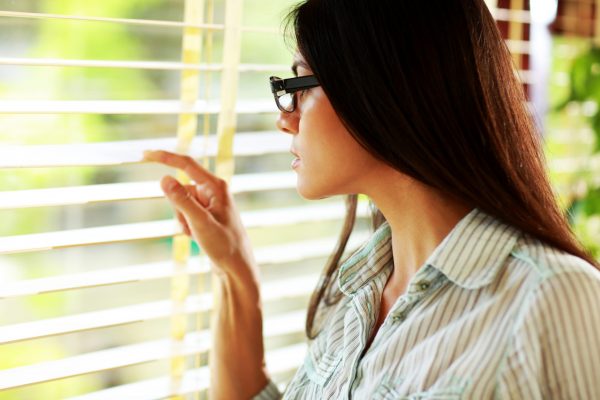So you’re renovating your home, and you’ve gotten to the point where it’s time to select new entry doors. There is a lot that goes into choosing both windows and doors because they make up a great deal of a home’s outer appearance. In a lot of ways, a door can be compared to your home’s “face”. It’s the first impression that your home gives to a lot of people and can really set a stylistic tone for your house.
Chances are that you’ve never shopped for entry doors before. Therefore, you may want to do some preliminary research before you settle on the right door for your home. The more you know ahead of time, the easier it will be for you to choose the right exterior doors, whether they’re replacement doors or meant for a brand new home.
What Materials Are You Considering?
There are actually far more materials available for entry doors than you might think. The reality is that you need to consider several different types before moving forward. Traditionally, many homeowners prefer wood doors. That is what they picture owning, and many of us assume that entry doors that are not actually wood are wood. They are aesthetically pleasing and versatile, but they’re not without their issues. Wood is a naturally porous material, which means that it absorbs liquid. Gradually, this can lead to rot over time, degrading the door. Wood will also naturally expand and contract depending on the surrounding temperature. Not only does this affect the quality of the door, but its appearance as well, causing warping over time.
A common alternative to wood is steel. Steel is preferred to wood by many homeowners, but it’s likely that you haven’t seen a lot of entry doors that look like they’re made of steel. Graining patterns can be added to make steel doors look as if they are made of wood. Because they’re made of steel rather than wood, however, the door will not warp through the expansion or contraction of the grain. This also means that steel doors remain easy to open and close. Additionally, these doors provide the best security levels. They can’t simply be broken down the way that wooden doors can be. Although some homeowners don’t like the aesthetics of steel doors, they can be made more eye-catching through glass inserts as an alternative to the faux wood graining.
Fiberglass is another great alternative, though it’s somewhat newer to the market. While steel can be susceptible to rust, fiberglass has no such issues. Fiberglass doors are fairly tough doors, remaining resistant to both dents and environmental factors like rain. They also provide the best levels of insulation, which is important to consider when you remember that 25% to 30% of all residential heating and cooling energy usage is the result of heat gain and loss through windows. Doors can function in a similar way, which is why insulation is crucial.
What Kind of Look Do You Want?
As previously mentioned, some people like their doors to resemble the rustic appearance of classic wooden doors, regardless of the material the door is made from. But the fact is that not everyone likes the appearance of wooden doors. If you’d like your home to remain more sleek and modern, an industrial steel appearance may be more ideal.
You should think for quite a while about the color of your door. Again, a gray or black door will come off as more modern, while some people prefer red doors in the sense that they stand out. White doors are more associated with a cottage or farmhouse appearance, while blue or green doors are considered a bit dated.
Mentioning again the idea of glass inserts, these are quite modern and create a sense of beauty and sleekness. The issue is that you do lose a bit of privacy when adding glass inserts.
Remember too that you don’t necessarily have to spend too much money on entry doors. Discount doors are available, and they are not necessarily lower quality. No matter what, be careful when selecting your door, and remember that it will have a major effect on your home’s overall appearance.

